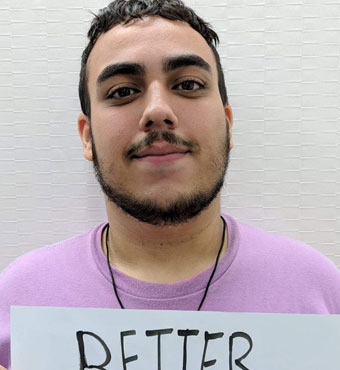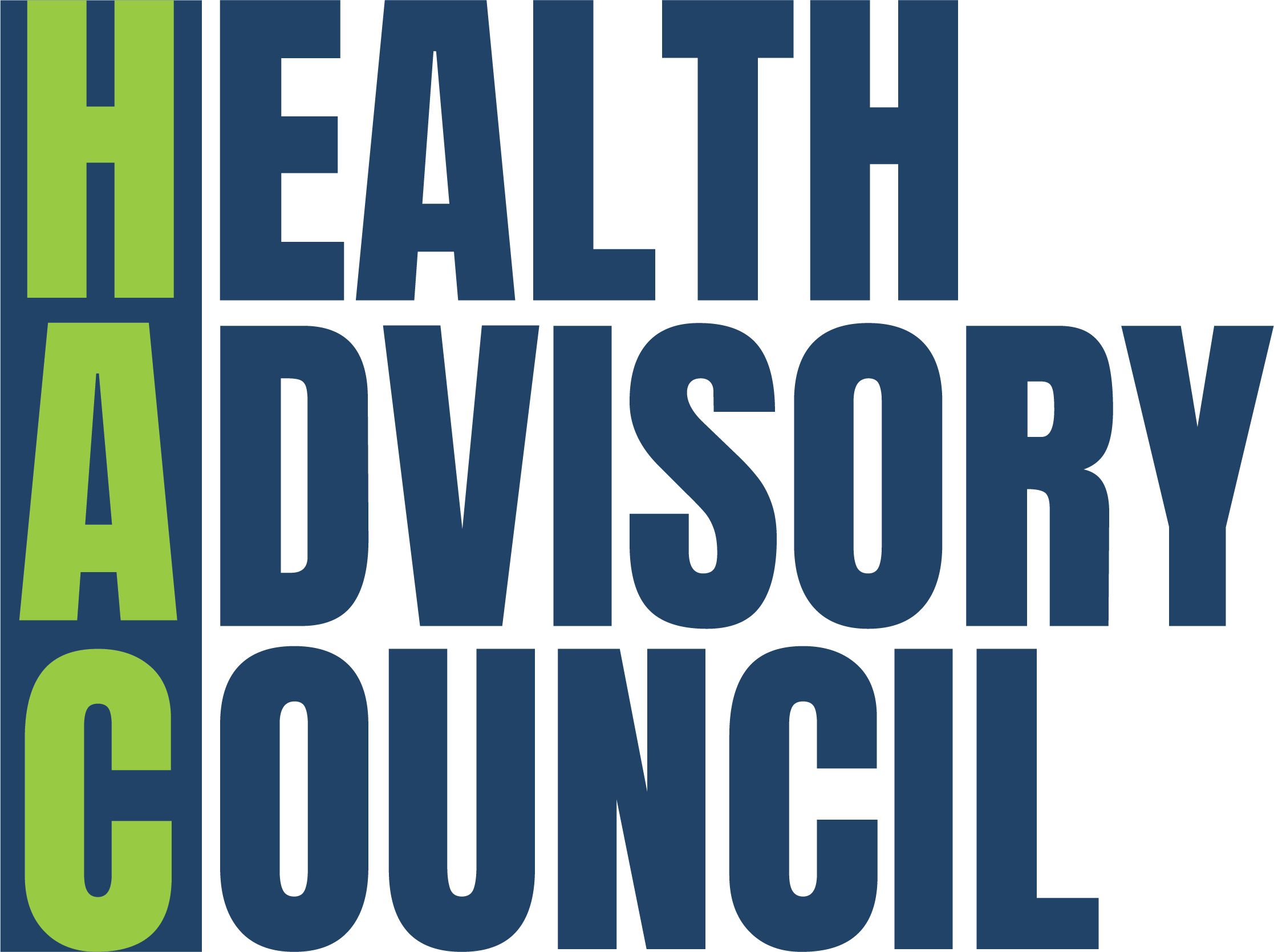A: IAF advocates for policies that will improve patient access, equity, and affordability. It is our job to look out for threats to these priorities. Whether that’s through talking to patients or monitoring new insurance or legislative policies. As I mentioned previously, two of the biggest threats to patient access, include step therapy and non-medical switching. The former refers to an insurance tactic known as “fail first” that requires patients to try and fail a medication before being allowed to take the medication they were originally prescribed. We aren’t talking about Prime Wardrobe; this is not your harmless try-on-at-home-and-return-if-it-doesn’t-fit deal. We are talking about someone who is experiencing real symptoms from a chronic disease being expected to try a medication their doctor did not prescribe, “prove” that it doesn’t work for them by getting sicker or watching their condition worsen, and only then will their insurance company allow them to take the medication prescribed by their physician.
The latter threat- non-medical switching- is another insurance practice that forces patients to switch medications for “non-medical” reasons. IAF has heard from patients who have been stable on their medication for years and suddenly, in the middle of their plan year, their insurance company mandates that they switch to a different medication. As you can imagine, these patients were scared of what that change would mean to their disease, quality of life, well-being, and employment. They didn’t want to switch from something that was keeping their disease stable for a reason unrelated to their health. This is an insurance company playing doctor. Putting aside the medical concerns, it is completely unacceptable in every other industry to change a contract in the middle of its term, yet insurance companies are allowed to change the conditions of their contracts with patients by either raising the cost responsibility or removing a medication from their formulary entirely (a drug formulary is the list of drugs an insurer will cover).
In regards to patient affordability, IAF has supported federal and state legislation that will shine a light on pharmacy benefit managers (PBMs) and bring greater transparency to the practices of these drug middlemen. Although PBMs market themselves as necessary negotiators serving as a liaison between drug manufacturers and insurance companies, it’s pretty clear where their allegiances lie when you discover that most are owned by major insurance companies. The way the system currently works is that drug manufacturers offer PBMs rebates in exchange for placement on an insurance company’s formulary. PBMs often will pocket these rebates and fail to pass the savings on to patients. PBMs are also much more likely to select higher cost drugs which equate to bigger rebates for them.
Making sure patients can take advantage of cost assistance is another top priority for us. Many infusion or injectable patients rely on copay cards or third-party assistance to afford their medications. These cards typically look like your standard debit card and can be used at your infusion office or a pharmacy counter. Oftentimes, these cards are distributed by a drug’s manufacturer, but it can also come from a third-party charity. Regardless, it is real money that a patient can use to bring down the cost of their medication. Insurers are not a fan of these cards or copay assistance in general. Patients can better afford their medications when they have external assistance, and they can also reach their deductibles or out-of-pocket maximums faster. This requires insurance companies to pick up the bill faster. As you can imagine, insurers don’t like this. So in response, insurers have implemented “copay accumulator programs” or “copay maximizer programs.”These programs limit how much third party cost assistance counts towards a patient’s out-of-pocket expenses. IAF is working to ban these programs in all 50 states and federally.
Lastly, IAF is acutely aware that the structural inequities in our country mean that different groups of people experience disease management differently. Whether that’s due to unconscious bias at the doctor’s office due to the color of your skin or one’s proximity to the closest infusion center. We know that not everyone has the same opportunity to achieve optimal health. Therefore, addressing health disparities in the infusion community is a top priority for the IAF team. We hope that by listening to patient advocates and different community leaders, we can better understand the needs of certain patients and meet these individuals where they are.















